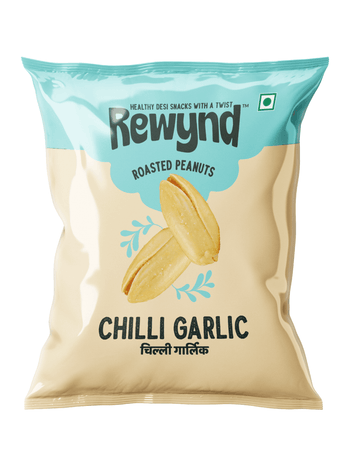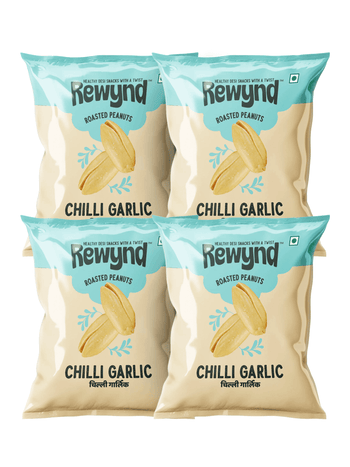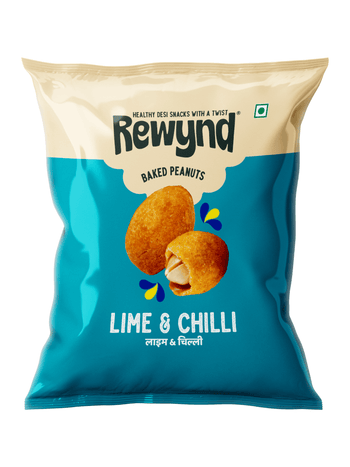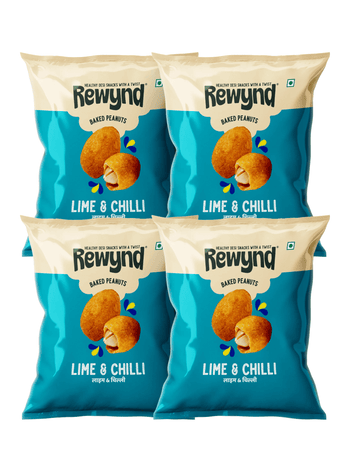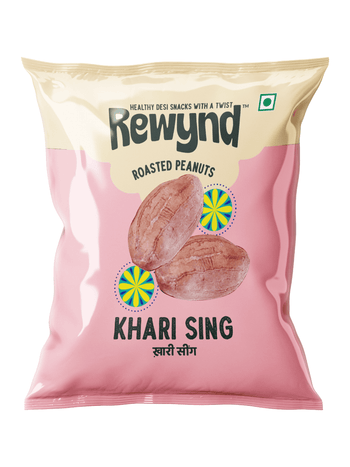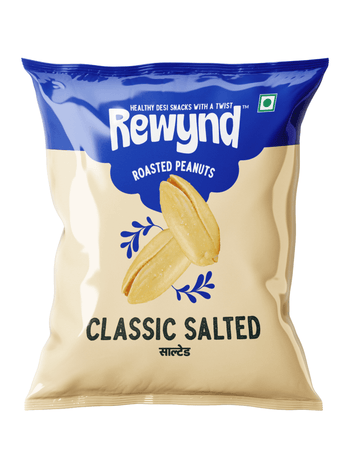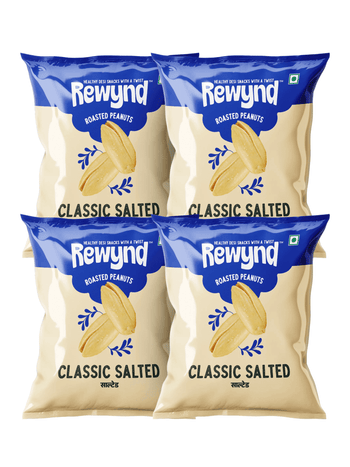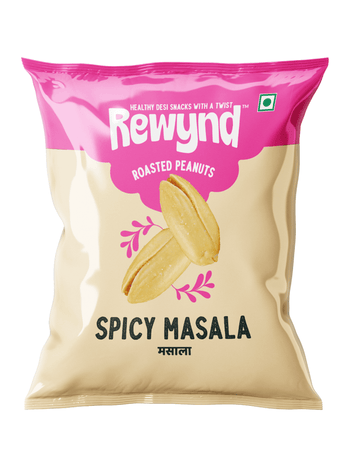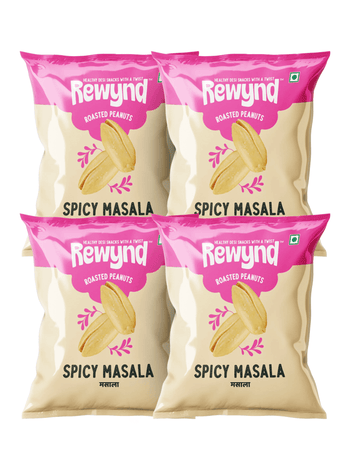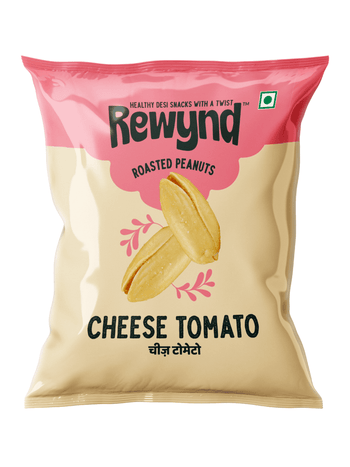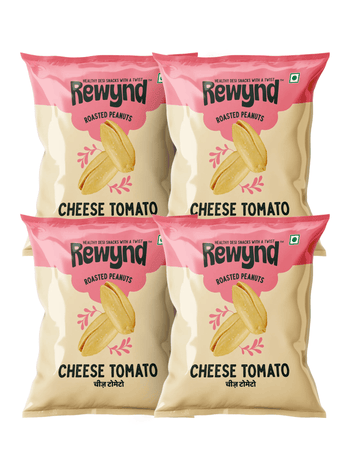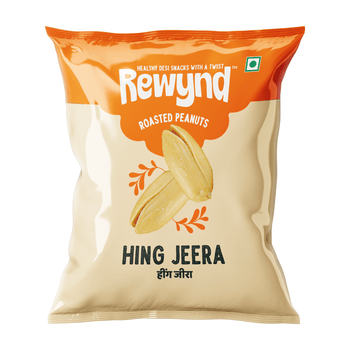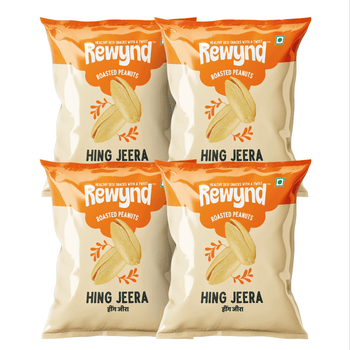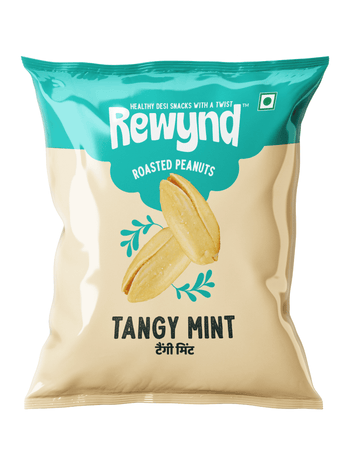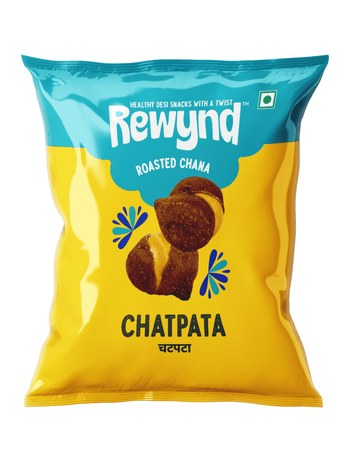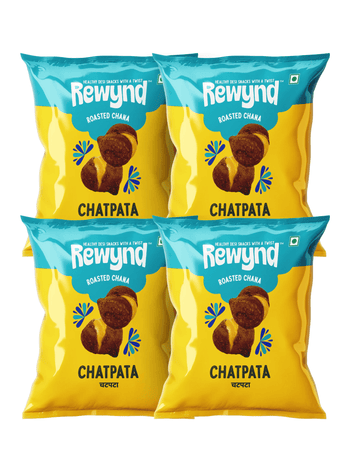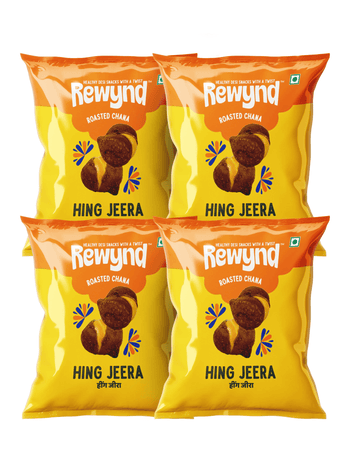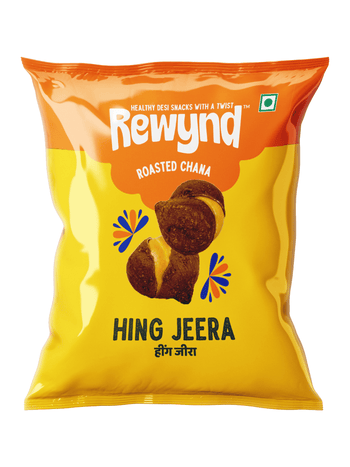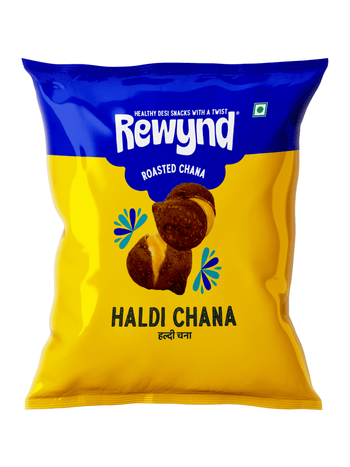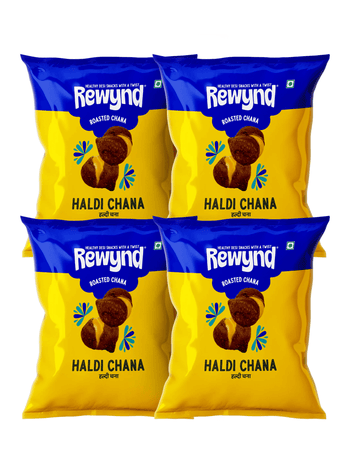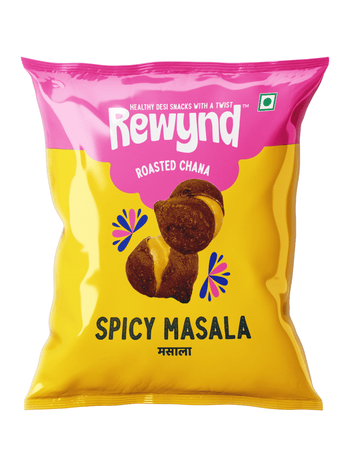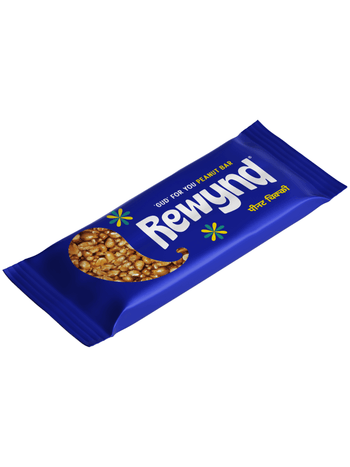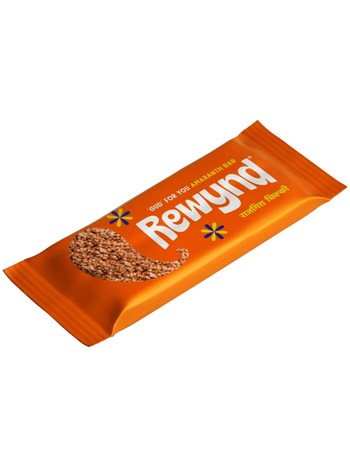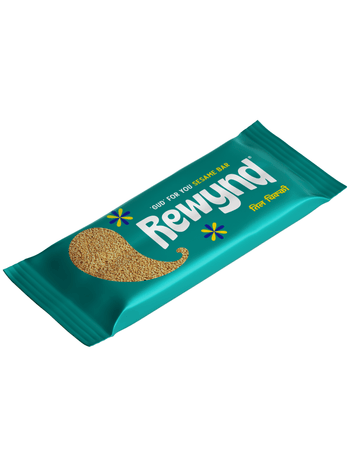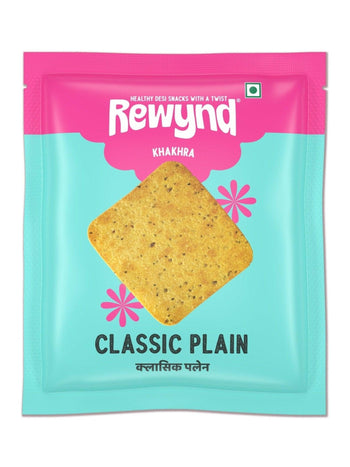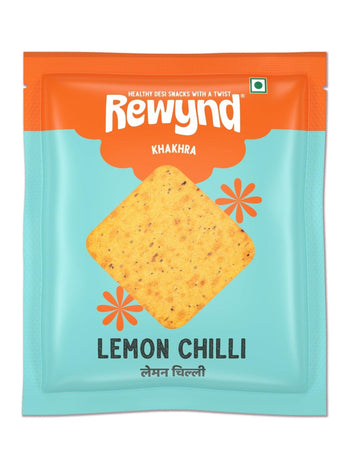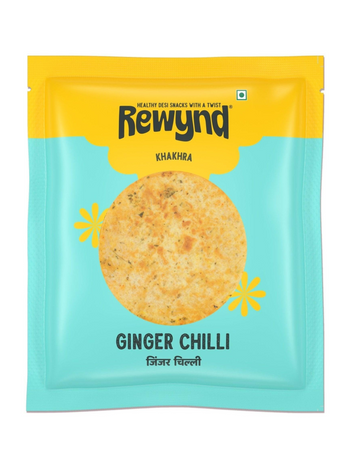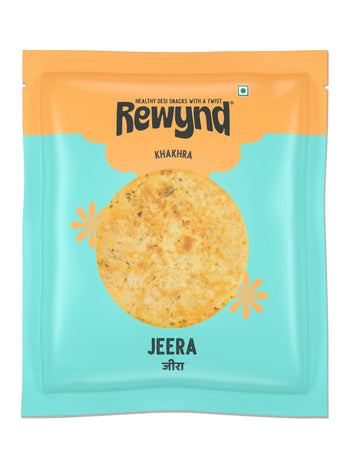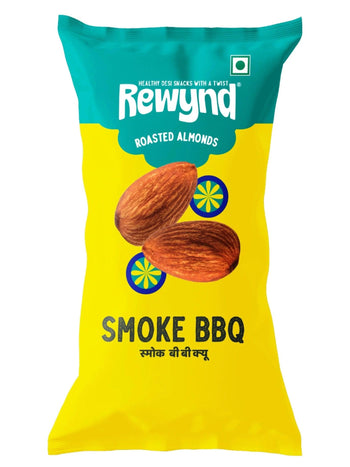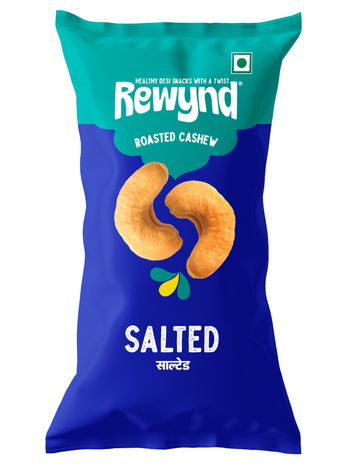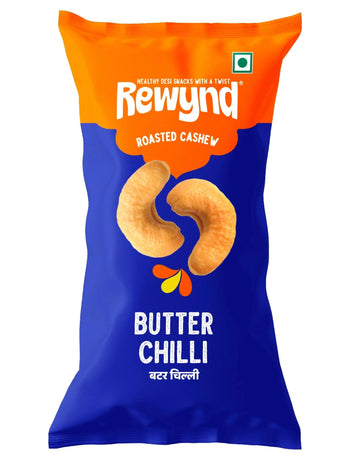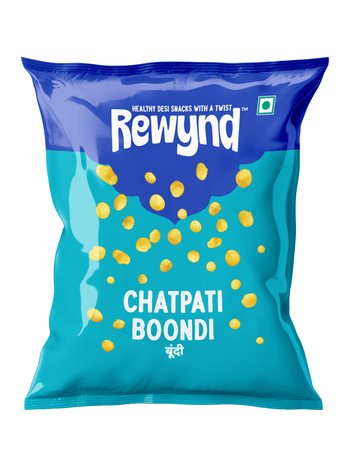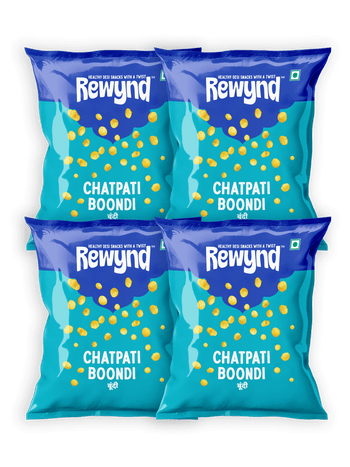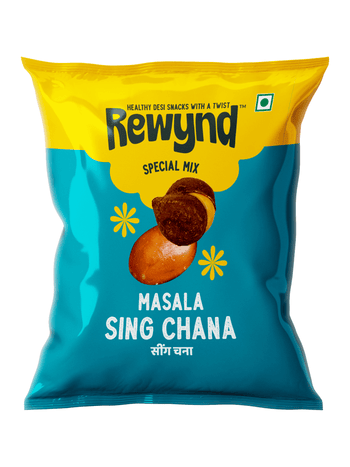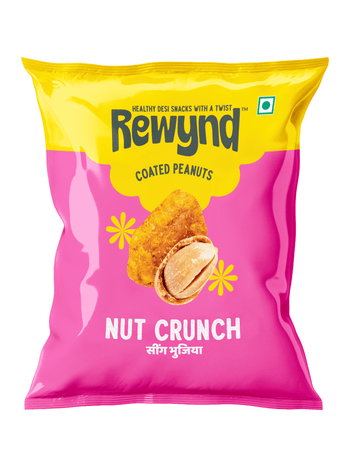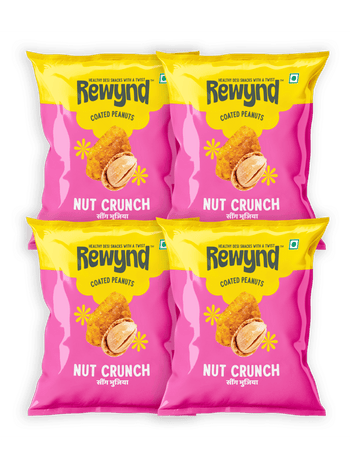Let’s Rewynd a bit.
Where the peanut began
Native to South America
The peanut (Scientific name: Arachis hypogaea) is native to South America, where ancient communities domesticated it thousands of years ago. Genetic work shows it arose from a single hybridization of wild species in that region.
A “nut” that grows underground
Botanically a legume, the peanut sends pegs into the soil where the pods mature very different from tree nuts. (That’s why many languages call it a ground-nut.)
How peanuts left the Americas
The age of sail and global spread
By the 1500s, Spanish and Portuguese sailors carried peanuts from the Americas to Africa and Asia, where the crop adapted well to tropical climates.
How and when peanuts came to India
Portuguese links (mainstream view)
Government and scholarly summaries note a Portuguese chain: Brazil → West Africa → south-western India in the 16th century.
Alternative routes (what historians debate)
Academic overviews also document other plausible paths via China or the Pacific/Philippines (the old Tamil name “Manilakottai,” ‘Manila nut,’ points to this) so historians place the introduction in the 16th–17th century with multiple possible entry points.
From trial crop to local staple
By the 1700s–1800s, traveler and administrative records show peanuts grown across parts of Madras Presidency and neighboring regions; by the 1900s, cultivation and processing had expanded widely.
Where are peanuts grown in India?
The core belts
-
West: Gujarat, Maharashtra
-
South: Andhra Pradesh, Tamil Nadu, Karnataka, Kerala
-
East & Central: Odisha, West Bengal, Madhya Pradesh, Rajasthan, Uttar Pradesh
These are the government-listed major groundnut states (acreage and rank vary by season/year). (APEDA)
Peanuts in Indian cuisine (how they became “ours”)
Everyday cooking & oils
Once established, peanuts became central to Indian snacks, chutneys, pulao/poha garnishes, and groundnut oil for frying, now part of everyday home cooking and street food. (Wikipedia)
Sweets and winter treats
Peanut–jaggery chikki/gajak turned the humble legume into a festival favorite sold from Lonavala (MH) to Kovilpatti (TN). In the north, peanuts feature in Lohri/Sankranti prasad alongside sesame and jaggery.
Peanuts in Indian culture (festivals & fairs)
Bengaluru’s groundnut fair (Kadalekai Parishe)
Every year in Basavanagudi, farmers bring their first groundnut harvest to the Bull Temple—a centuries-old city festival that blends agriculture and devotion. (Karnataka Tourism)
North India’s Lohri bonfire
At Lohri, families toss peanuts, sesame, and jaggery into the bonfire and share them as prasad a modern harvest-season role for this New-World crop. (Delhi Tourism)
A quick timeline you can remember
-
Pre-1500s: Domesticated in South America. (Encyclopedia Britannica)
-
1500s: Spanish/Portuguese spread it to Africa & Asia. (Encyclopedia Britannica)
-
c. 1500s–1600s: Reaches India (likely via Portuguese; other routes possible). (Agmarknet)
-
1700s–1800s: Cultivation noted across Madras Presidency & beyond. (CAES)
-
20th century → today: Major Indian oilseed/snack; grown across western, southern, eastern belts. (APEDA)
FAQs
Peanut came from which country?
South America (native to regions east of the Andes).
Who brought peanuts to India and when?
Most sources credit Portuguese routes in the 16th century; scholarship also notes possible China/Philippines links.
Where are peanuts grown in India now?
Across Gujarat, Andhra Pradesh, Tamil Nadu, Karnataka, Maharashtra, Rajasthan, Madhya Pradesh, Odisha, West Bengal, Uttar Pradesh, and other warm belts (ranks vary by year).
Why do peanuts show up at Indian festivals?
They’ve been folded into regional traditions over recent centuries - e.g., Kadalekai Parishe in Bengaluru and Lohri offerings in the north.



